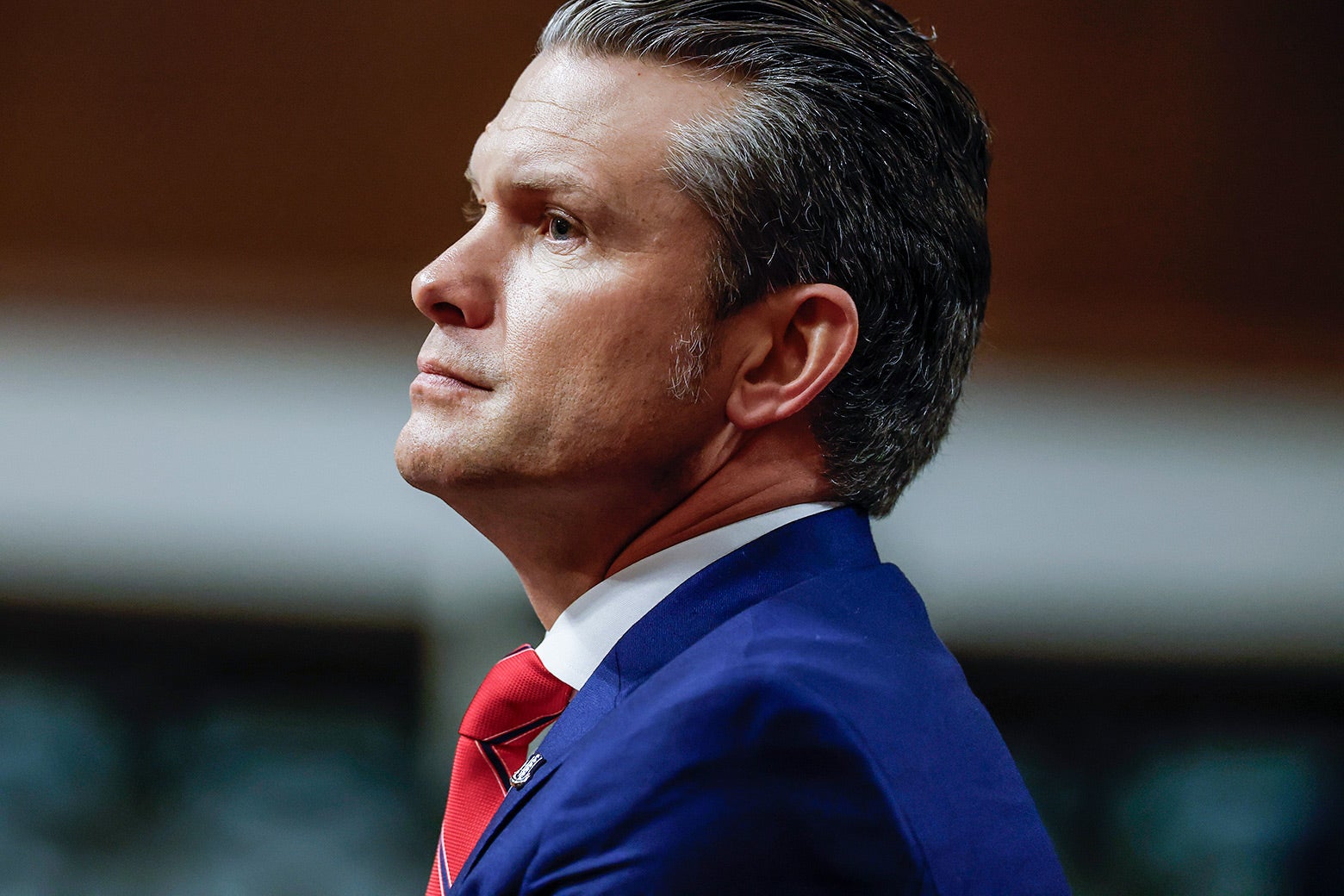The government website housing information on federal student aid has introduced a new function on borrowers’ dashboard that shows where they are on the path to potential debt forgiveness under income-driven repayment (IDR) plans.
Why It Matters
As the Trump administration readies to take office, with vocal opposition to student loan forgiveness initiatives, borrowers enrolled in various student loan repayment programs may be wondering what the future may hold with student loan forgiveness. A new site feature from Federal Student Aid can provide some clarity for borrowers.
What To Know
This week, a new feature launched on studentaid.gov showing borrowers more specific details about their path to student debt forgiveness. Borrowers with federal student loans who are enrolled in an income-driven repayment plan can use this new visual cue on their profile’s dashboard to learn pertinent details on how long they have until they reach the end of their repayment term. All types of income-driven repayment plans are visible with this new addition.
The feature is a new iteration of an existing Public Service Loan Forgiveness (PSLF) progress tracker, which shows eligible borrowers where they are on their journey toward forgiveness through PSLF.
Brandon Bell/Getty Images
How To Track Student Debt Forgiveness
Upon logging into an account on studentaid.gov, borrowers can navigate to their profile in the upper right-hand corner of the page. Hover over your name and select “dashboard” in the dropdown menu. The feature is present on the right-hand side of the dashboard layout, under the title “IDR End of Payment Term.”
From here you’ll be able to see info, such as how many loans are enrolled in your IDR program, how many remaining payments you have and how much estimated time there is until the end of your repayment term.
If you select the button that says, “View IDR Progress,” you’ll see a bar visual showing just how far along you are in your payment progress, along with how many qualifying payments you’ve already made. More details in this portion of the tracker include the date your repayment started and the estimated month and year of the end of your repayment term.
What People Are Saying
Dr. Beth Akers, senior fellow at the American enterprise Institute (AEI), previously told Newsweek: “Prior to Biden’s push to cancel student debt, income-driven repayment plans were the way for borrowers facing hardship to have their loans forgiven. These programs allow borrowers to make reduced monthly payments that are proportional to their income and forgive debts that remain outstanding for at least a decade. Borrowers with sufficiently low income aren’t expected to make any payments in these repayment plans and don’t have their credit score affected negatively by not doing so.”
James Kvaal, U.S. Under Secretary of Education, said in a December 2024 press release: “The Department continues to defend in court the authority to cut payments for borrowers with high debts and low incomes through the SAVE Plan. In the meantime, we are making more options available to low-income borrowers, teachers, servicemembers, and other public servants so they can make the best choices for their financial situation.”
What Happens Next
Federal student loan borrowers enrolled in an income-driven repayment plan can visit studentaid.gov today and log into their accounts to get a glimpse at their personal IDR progress tracker. You can also explore more information about all repayment options at studentaid.gov.
















